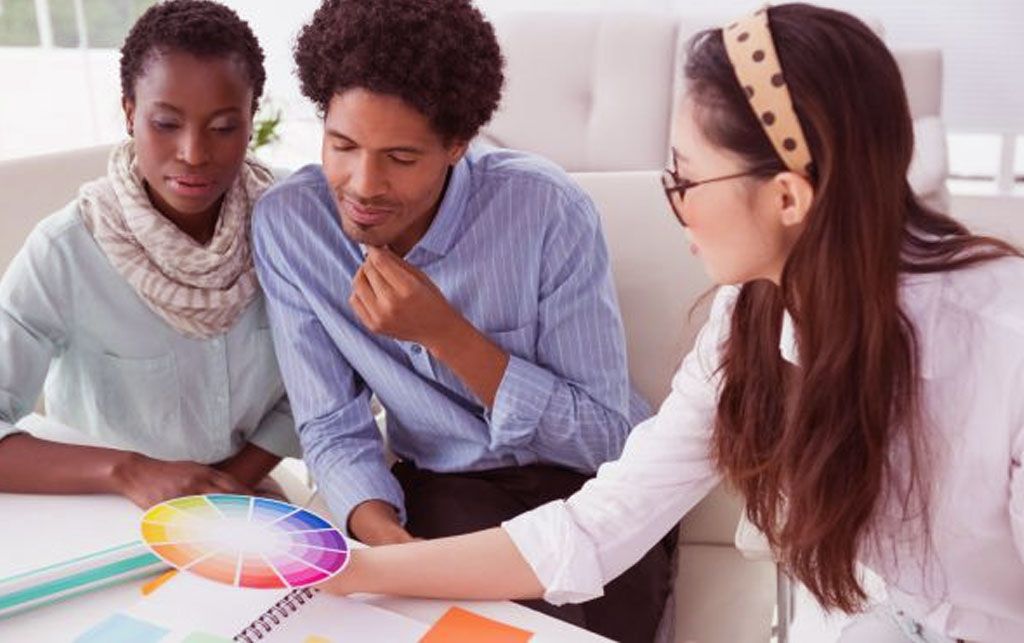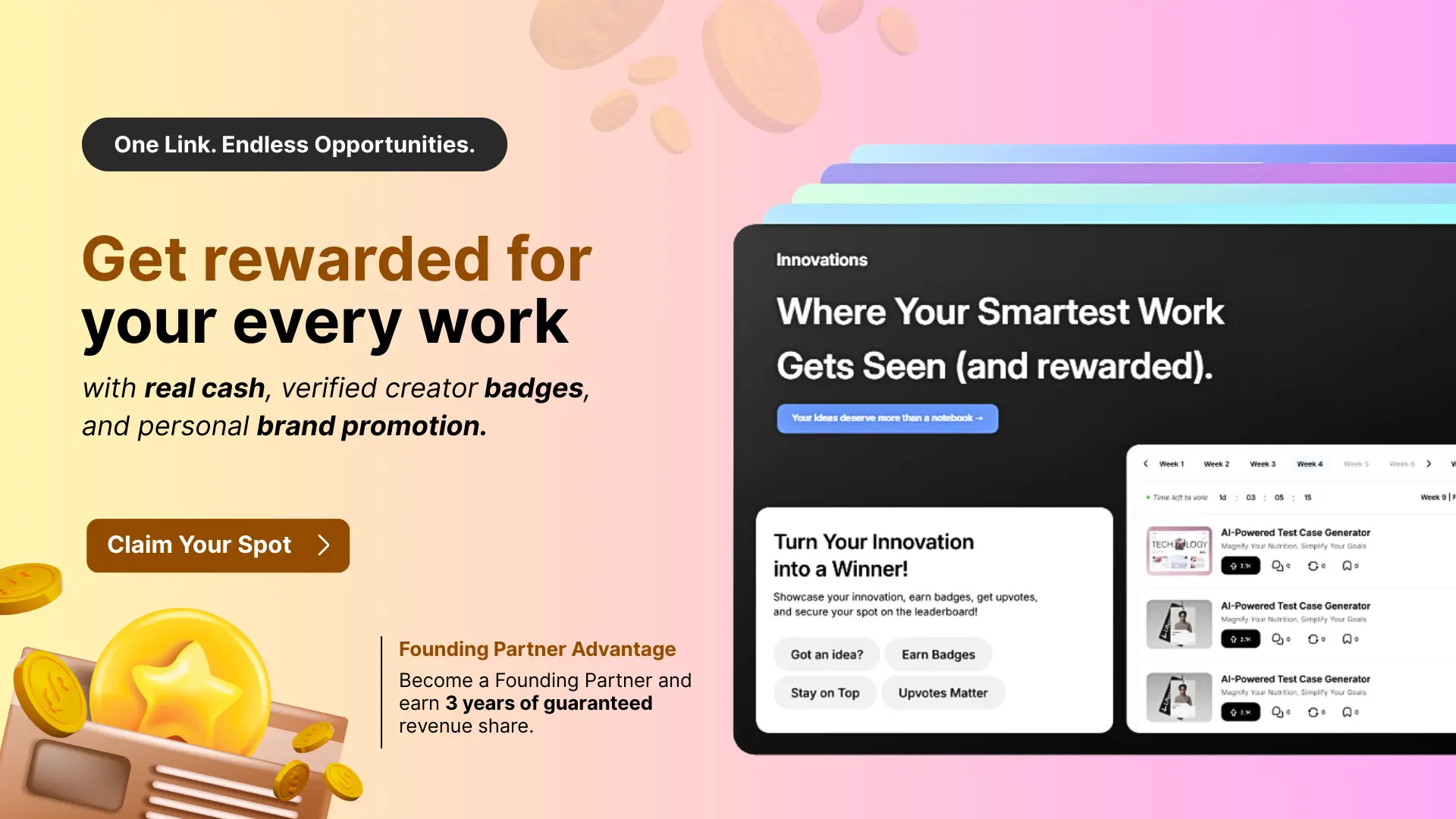
A Strong Client-Designer Relationship Is Essential For Success: 6 Ways To Do It Right

Good relationships with your client enhance the design process and create an environment of confidence and cooperation. But everyone has different working styles and different characteristics. In this article, we have jotted down some great tips for improving client-designer relationships.
How Maslow’s Hierarchy of Needs can help to improve the client-designer relationship?
The pyramid of Maslow is a psychologically motivating theory that describes the various levels of fundamental human needs. Although it may not seem like a perfect model, the pyramid provides an overview of what we as individuals require to thrive. The hierarchy of this pyramid can help us navigate the client-designer relationship and show how a mutually beneficial partnership is formed when both people can meet their needs.
Safety
Safety is a matter of physical safety in the case of Maslow. But it can also lead to things like job security, resources or housing. You both have to feel supported and know that your ideas matter in a client and designer relationship. Mutual respect for one another’s points of view and open communication give a sense of well-being. Psychological security means that you have no emotions to guide you. Great customers are excellent communicators. And open communication improves the design process. If both of you feel secure, your customer relationship will be much healthier.
Physiological
The lower level is the physiological level. These are the primary necessities; food, water and sleep must be kept alive. You are ready to do things like design and meet customers if you are covered by these. However, you can hinder your ability to stay focused and over-extend with late nights and junk food. Take care of these needs so that you can be the designer with proper energy and peace of mind.
Esteem
The pillars of this class are self-esteem, trust, achievement and respect. Both parties should be sure of an excellent customer-designer relationship. A customer wants to feel good about his progress and trust that he fulfils his role.
You shouldn’t feel smooth about yourself, like in any relationship. Both you and your client are there to help each other to make the best possible project. Avoid rejecting your client’s views and ideas, and don’t undermine them. This might make your customer experience poor.
Love and belonging
The third level is love and belonging. Don’t allow love to throw you off — friendship and a sense of connection are at this stage. If you and your customers collide, there can be no linkage in the design process. We don’t say that you need your customer’s best buds. But trust and acceptance are the core of all relationships. It makes your relationship work better, knowing that your customer trusts your abilities.
Self-actualization
Self-actualization leads to the very top of the pyramid. And in a customer-designer relationship, this concept goes for whatever you create. That means both customers and designers must do all they can to be good communicators and employees. This enables them to build a better work experience and to make sure they are successful from idea to product.
Top 6 tips for improving client-designer relationships
Design means more than merely knowing how to create a website that is functional and aesthetic. This also means being a good communicator, a great teacher, a leader and a generous supplier of services. Take seven tips on how to enhance your work experience:
Direct your client about working methods
Your working style may differ from other designers with which your customer has worked. They may never have worked with an independent full-time employee. Regardless of the situation, whether you need feedback, project scale or timeline, you must inform your process. At the beginning of a project, you must set these expectations.
Have proper knowledge about your roles
The job of a client is to provide a designer with what he wants for a particular project to succeed. This means that the customer must be able to communicate his objectives and measurements to the designer. Feedback on what things look like can be given by clients. However, micro-management should be avoided, and minute details should be concentrated. This complicates the process—which makes the job of a designer harder.
As a designer, you take over the vision of the client for the project and use your skills and creativity to achieve it. Being a designer does not only involve artistic but analytical decisions. You need feedback and change necessary, and if you disagree, you can also push it back politely and logically. In the end, the customer has the final say, so choose your fight wisely. Be willing not to be invested in your job too emotionally.
Have open communication to improve the client-designer relationship
Open communication falls into the category of trust when it comes to Maslow’s hierarchy. This is essential for the relationship between customer and designer. Like any relationship, communication depends on the fact that things are not bottled. Let them know early how you need proper communication, rather than write a 700-word e-mail furiously.
The ability to listen is part of a good communicator. Let a customer express his ideas. Take the time to absorb what you said or discard what you would like to say. To make your customer feel valued, you must know that you take what you try to communicate. It works better when the designer and the customer are both on the same page.
Have patience
Most customers aren’t creators. They have no favorite blue shade or even know which golden ratio is their favorite blue typeface. Your customer may not have the right words to convey what they want. It’s your job to guide you through the questions you have right. Explain yourself to the understanding by a non-designer. This requires time and patience, regardless of what the issue may be. This is one of the essential tips for improving client-designer relationships.

Be prepared
You have busy schedules, both you and your client. Maximize your meetings to your tasks. In particular, if it’s the first meeting, you must meet with a client well-prepared. Get to know their brand, find out who their competitors are, their web and social media presence. It’s alright if you first get an understanding of the surface level only. Talking with customers offers you the opportunity to ask more profound questions and understand better the business issues you are trying to resolve.
Be flexible with your client
You spend hours choosing the perfect color palette, finding fonts that lock in beautiful harmony and moving elements with neurological precision. Only one issue is there. It’s not your customer. Don’t personally take it—you’re not an awful designer. It only means that your client doesn’t see how the problem they pay to solve will be solved. Go back to your ego from your suffering pinch. Take feedback from them. Understand why it doesn’t please them. Any partnership involves a certain degree of compromise.
Final words
You won’t always see your customer eye to eye, and personalities sometimes vary. It takes effort to build a client-designer relationship. You have to understand your point of view and what you value. The core of productive collaboration is trust and communication. Build this foundation first, and together you will create incredible things.
